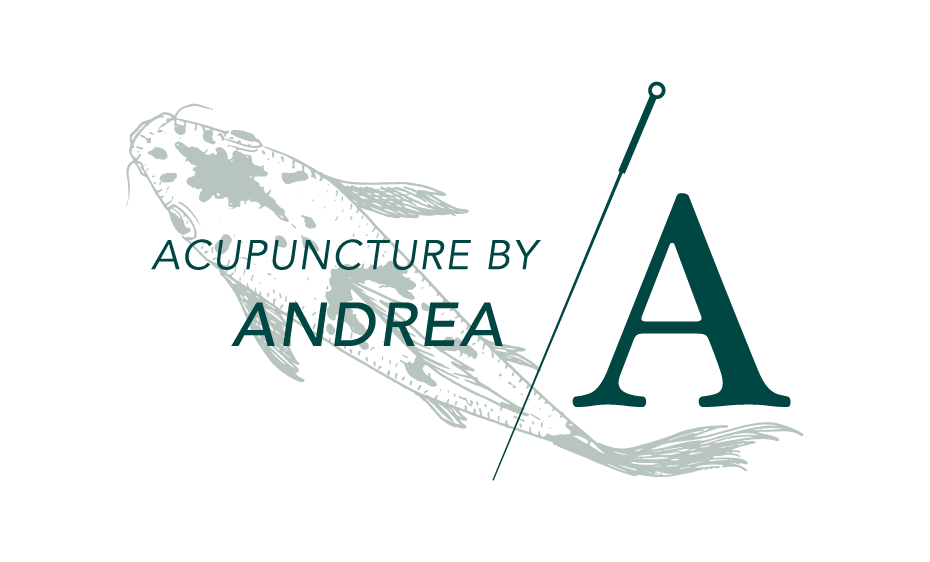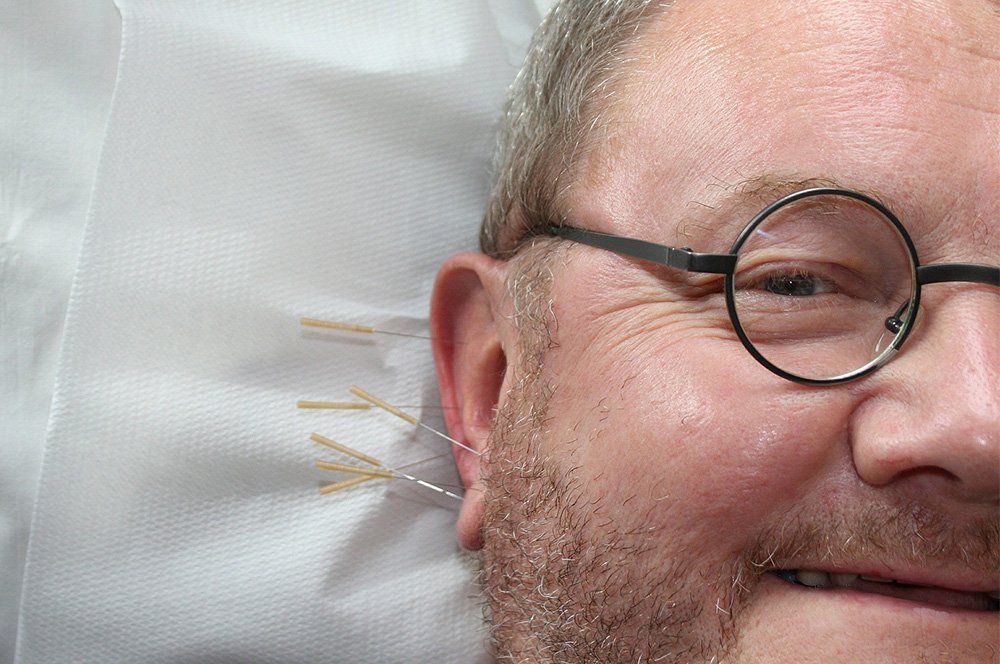Why Do We Fear Needles?
If we compiled a list of “Top Ten” fears that humans have, the fear of needles would be near the top of that list. Trypanophobia is so prevalent that it is a recognized phobia in the Diagnostic and Statistical Manual of Mental Disorders. As a practicing acupuncturist in Jacksonville, one of the greatest obstacles I face is convincing patients that acupuncture needles will not hurt. I usually have this conversation more than once with a new patient because their fear of needles is chronic, having been cultivated for a lifetime. Why, in an adult population where individuals race cars at 200 mph or bungee jump from high bridges, are so many so frightened by the prospect of having a small needle inserted into their skin?
Underlying Causes
Childhood Fear
James Hamilton suggests that childhood fears could be the cause of anxiety about needles—children overhear conversations involving adult individuals in the household with fears of medical procedures and visits to the doctor’s office. These fears are reiterated with each medical visit and often from more than one individual in the household. The child sees and senses a pattern of fear around medical procedures and adopts these ideas. Adults worry and experience fear related to medical treatment so the child quickly learns that they too should fear these things. Children emulate the adults’ behaviors during their own visits to medical practitioners, subconsciously assuming that there is something to fear, that something will go wrong.
This becomes an ingrained response to medical treatment, deeply rooted in the psyche and often carrying over into adulthood.
A York University study reiterates the findings that the behavior of adults regarding their own medical visits has a lasting effect on their children. In this study, researchers also found a strong connection between a parent’s reaction to their child receiving a needle prick (during a vaccination) and the child’s lasting and negative response to needles and medical procedures.
Evolution
Hamilton considers another origin for our fear of needles—it may be an ancient and inherent response to danger. “The needle phobia trait probably evolved among the human species in response to piercing, stabbing, and cutting injuries. The vast majority of violent deaths in our species' evolutionary history have been caused by skin penetration from teeth, claws, fangs and tusks, and from sticks, stone axes, knives, spears, swords, and arrows. . . A reflex that promoted the learning of a strong fear of skin puncture had clear select value in teaching humans to avoid such injuries.”
This evolutionary response to danger is a strong instinctual need for survival that remains today. A 2017 study from the UK found that 1 in 10 people are needle-phobic. Many of those with a fear of needles find that even seeing an image of a needle causes distress and anxiety.
How do we Manage the Fear?
As a practitioner, I have had to ask myself “How do I overcome the anxiety of an individual client who is receptive to the benefits of acupuncture, but fears the stick of a needle? How do I help a patient to work through their fears and feel comfortable scheduling and arriving for their first appointment?”
The answer to these questions is to start with a conversation and confrontation of the fear. I schedule each new patient for an initial conversation consultation. I first outline the benefits of acupuncture for their specific health issue. I give them clear examples of patients I have worked with who presented with the same complaints, and the results we achieved through acupuncture.
Then I gently open up the discussion to the topic of needles and the fear they may have not only of needles but of medical procedures and the clinical environment. I remind them that as a clinician I am a practitioner of healing and my priority is to help them achieve health, wellness, and relief from pain.
Next I ask each client if they would like to see the needles I will use during their visit. I explain that an acupuncture needle compared to a hypodermic needle is like comparing a shoestring to a garden hose. Hypodermic needles can vary in size (gauge), but all are hollow and allow transference of blood. Acupuncture needles are filiform—“shaped like a filament”—and are solid, not hollow. Most acupuncture needles are 0.12 to 0.35mm in gauge—approximately as thin as a human hair.
Almost without exception, the immediate reaction from the client is one of amazement. Clients are comforted when they see how small and thin the needle shaft is—I can visibly see them relax and they often comment “wow, it’s really small!”
I assure each client that they will not feel pain from the needles, while explaining that some acupuncture points on the body are more sensitive than others and may feel tender when needled. Any “fleshier” area on the body such as the quadriceps or biceps, tends to be less sensitive. Other points (such as those on the hands used to treat acute pain), can be more sensitive due to the abundance of nerves and vascularity. I reassure the client that this doesn’t mean the needling of these points will hurt, it simply means that for some people there will be more awareness of the area. Of course, precision and needle selection will play a part in patient response. Some needles are smaller and sharper and tend to elicit less of a reaction. Needles used on scalp points are remarkably small and produce almost no reaction from the client despite the lack of muscle and fat in which to insert the needle.
After 10 years of practicing acupuncture in Jacksonville, I can predict where needle placements may cause sensitivity and how patients will react. I explain to the client that most points on most people produce a similar, predictable response. However, any patient may have a unique response and I can remove, replace, or reposition needles that cause discomfort.
Talking, coaching, counseling, and herbal prescriptions are the first steps to overcoming fears and forging a relationship of trust with a Trypanophobic client. Understanding a client’s underlying fear of needles and anxiety about medical procedures is essential in providing a positive initial office visit and crucial to ongoing treatment and beneficial health outcomes.


